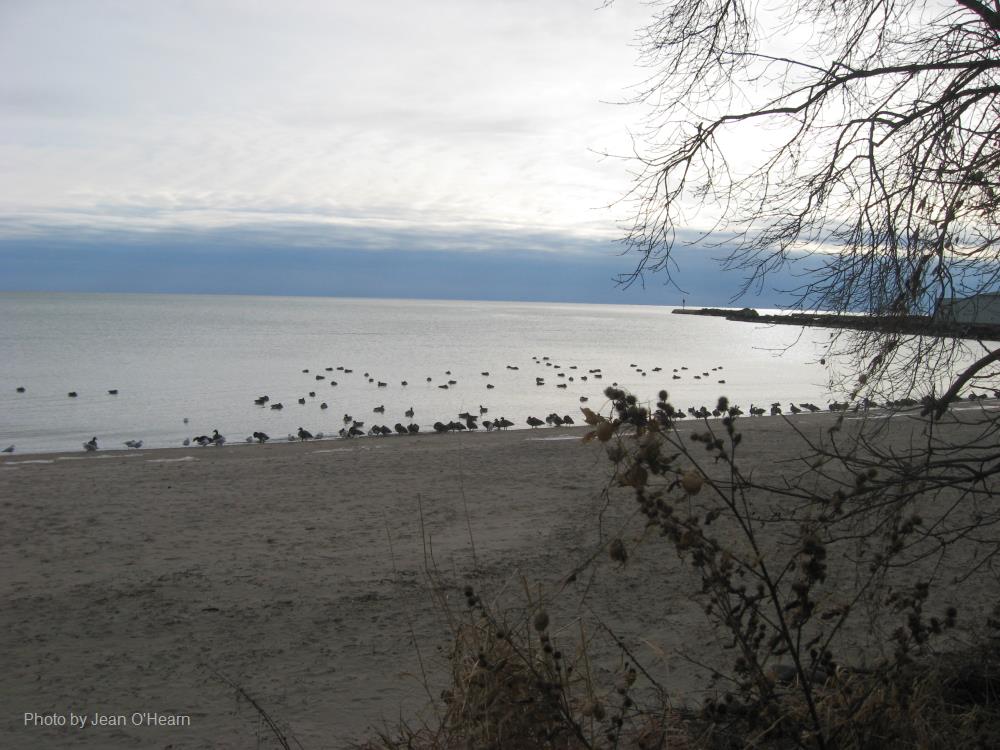
Related items loading ...
Section 1: Publication
Publication Type
Thesis
Authorship
Thompson, Lauren
Title
Methylmercury production and export across the terrestrial-aquatic continuum in permafrost peatland catchments
Year
2023
Publication Outlet
ERA University of Alberta - Theses and Dissertations
DOI
ISBN
ISSN
Citation
Thompson, Lauren (2023) Methylmercury production and export across the terrestrial-aquatic continuum in permafrost peatland catchments, ERA University of Alberta - Theses and Dissertations,
https://doi.org/10.7939/r3-2py0-wb68
Abstract
Ongoing permafrost thaw in northern peatland catchments may increase the production and downstream delivery of neurotoxic methylmercury (MeHg) across the terrestrial-aquatic continuum. Peatlands in boreal-Arctic regions have large stocks of mercury (Hg) in frozen soils, accumulated through atmospheric deposition of natural and human-emitted Hg over thousands of years. Permafrost thaw in peatlands often leads to land surface collapse (thermokarst), which may shift environmental conditions to facilitate microbial production of MeHg (methylation). However, the degree to which Hg is methylated post-thaw and exported downstream remains uncertain in northwestern Canada and poses a potential hazard for uptake by aquatic food webs. I initiated three field studies examining MeHg cycling throughout the peatland-rich Interior Plains of boreal western Canada – 1) examining how peatland and permafrost extent influenced MeHg concentrations through a synoptic sampling of lakes and streams, 2) determining how discharge and land cover controlled the export and concentrations of MeHg in two stream catchments with differing peatland extent, and 3) exploring the microbial production of MeHg in thermokarst wetlands compared to intact permafrost peatlands. By sampling total Hg (THg) and MeHg concentrations from 25 lakes and 47 streams spanning 1700 km across the Interior Plains (Chapter 2), I found that peatlands were primary sources of MeHg to surface waters regardless of permafrost extent, as MeHg concentrations increased with indicators of peatland-derived water chemistry. Lakes were potential MeHg sinks, likely through solar MeHg degradation (photodemethylation), while resident microbial communities in lake sediments were most capable of gaseous Hg emission to the atmosphere rather than methylation. To consider seasonal variation in MeHg concentrations and export, I initiated a study involving higher-frequency sampling of streams in the discontinuous permafrost region. Alongside Dehcho-Aboriginal Aquatic Resources and Ocean Management, I monitored one peatland-dominated catchment and one mixed catchment of mountains, forests, and peatlands over three years (Chapter 3). Compared to the mixed catchment, the peatland catchment had higher MeHg and lower THg concentrations and greater inter-annual variability in solute yields driven by storage thresholds in peatlands that control runoff generation. Transport limitation primarily controlled solute concentrations in the mixed catchment, with terrestrial flushing during high flows and lower inter-annual variability of solute yields due to consistent streamflow from groundwater sources and runoff generation from steeper slopes. I then studied biogeochemical controls on Hg methylation in peatlands due to their significance as downstream MeHg sources (Chapters 2, 3). From methylation assays and peat and porewater chemistry of twelve peatland sites in the Interior Plains (Chapter 4), I found thermokarst wetlands to have greater methylation potential than intact permafrost peatlands. The highest MeHg concentrations and potential methylation rates were observed in fens and associated with a higher water table, labile organic matter, pH, and concentrations of sulfur and iron. The continued thawing of permafrost peatlands and expansion of thermokarst wetlands will likely result in favorable conditions for MeHg production. My findings suggest that permafrost thaw in northern peatlands will enhance Hg methylation across the landscape, although wetland trophic status and groundwater connectivity will control MeHg production, and catchment hydrological functioning will determine downstream export. This knowledge is important for public health planning and land use intervention in the face of climate change, given the high risks of MeHg in aquatic ecosystems to northern communities.
Plain Language Summary


 GWFNet
GWFNet Master
Master Research
Research Map
Map
 Advanced
Advanced . . .
. . .

 Metadata Editor
Metadata Editor
 Record List
Record List
 Alias List Editor
Alias List Editor
 Legacy sites
Legacy sites